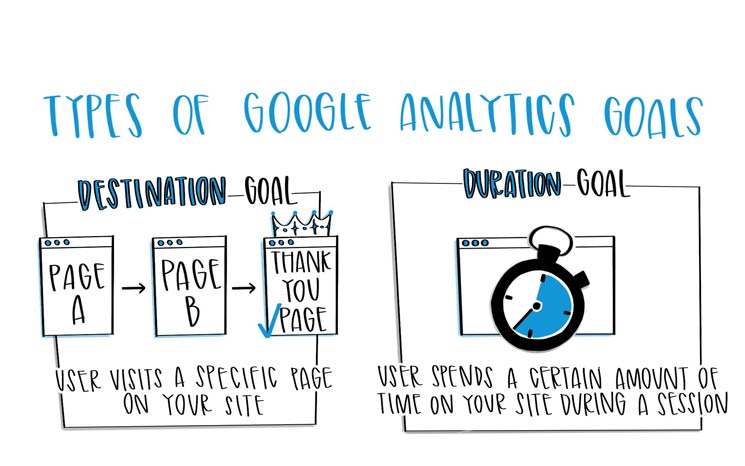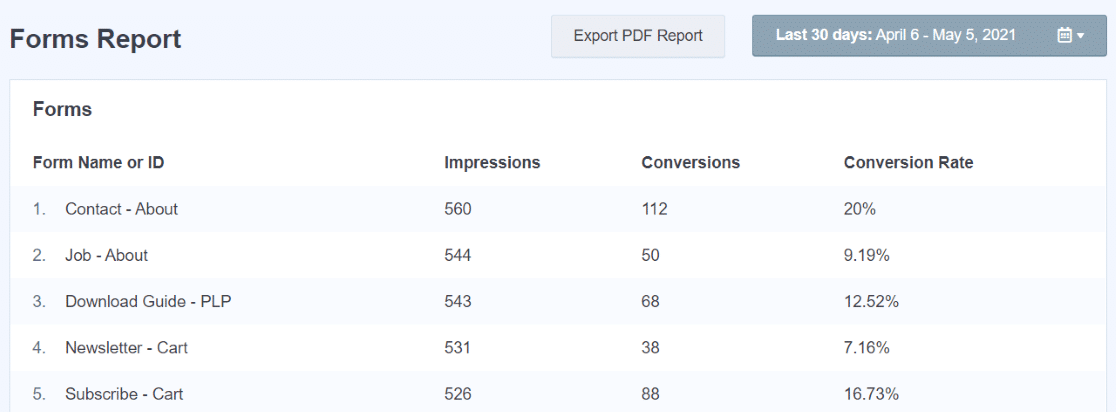Discover What Data Is Google Analytics Goals Unable to Track
Demystifying Google Analytics Limitations: Reveal What Information Goals Can not Track
In the world of electronic analytics, Google Analytics stands as a powerful tool that gives valuable understandings right into site performance and individual habits. However, amidst its capabilities, there exist constraints that usually go unnoticed. Comprehending what Google Analytics can not track is vital for an extensive understanding of data interpretation and decision-making processes. From the intricacies of individual interaction with vibrant content to the complexities of cross-device user trips, these limitations shed light on locations that may remain covered from conventional analytics viewpoints. By deciphering these restraints, a clearer picture emerges, permitting for even more informed approaches and fine-tuned insights right into user engagement and conversions.

Individual Interaction With Dynamic Content
User interaction with dynamic web content plays a critical role in comprehending user actions on internet sites and enhancing the general customer experience. By tracking user communications with vibrant web content, web site owners can gain important understandings right into individual involvement, preferences, and habits - what data is google analytics goals unable to track.
Google Analytics uses numerous devices to track individual interactions with vibrant content, such as event tracking and digital pageviews. Event tracking permits you to keep an eye on details customer activities, like clicking a switch or seeing a video, offering data on just how users communicate with vibrant components. Digital pageviews can be utilized to track interactions that do not lead to a new page load, supplying a detailed sight of user engagement with dynamic content. By examining this information, website owners can make educated decisions to boost individual experience and drive conversions.
Cross-Device Customer Journeys
How can modern-day analytics devices track the complicated paths users take across numerous devices in their on-line journeys? Cross-device customer journeys offer a substantial difficulty for tracking and assessing individual actions accurately. As customers communicate with websites or apps using different tools such as smartphones, tablet computers, and desktop computers, it becomes critical to understand exactly how they relocate in between these platforms to enhance individual experience properly.
Google Analytics deals with constraints in tracking cross-device user trips due to privacy issues and technical restraints - what data is google analytics goals unable to track. While it can provide understandings into private gadgets' interactions, tracking a seamless user journey across multiple tools continues to be an obstacle. This constraint can cause insufficient information and fragmented individual insights, making it difficult for businesses to create a unified view of the customer trip
To resolve this issue, companies can utilize advanced analytics devices that use cross-device tracking abilities, allowing them to get a more all natural understanding of customer actions. By leveraging these tools, companies can bridge the void in tracking cross-device individual trips and maximize their electronic methods for a seamless customer experience.
Offline Conversions and Attribution
As organizations browse the difficulties of tracking cross-device user trips, another essential facet to consider is the world of offline conversions and attribution in the world of data analytics. While Google Analytics gives beneficial insights right into online customer behavior, it fails when it pertains to tracking conversions that occur offline. This constraint positions a significant difficulty for services that have both online and offline sales channels.
Offline conversions, such as acquisitions made in physical shops or with phone call facilities, are important to comprehending the full client journey. Without the ability to connect these offline conversions to details online communications, businesses might battle to precisely gauge the effect of their electronic advertising initiatives.
To webpage resolve this gap, services can explore alternate options such as incorporating CRM systems with online analytics tools or using one-of-a-kind promo codes that can be traced back to on the internet projects. By connecting the void in between our website online and offline data, companies can get an extra extensive understanding of their clients' actions and boost their overall marketing methods.
Person Individual Recognition
In the world of data analytics, the ability to precisely determine specific customers throughout different on-line touchpoints is an essential obstacle for businesses seeking to personalize and maximize their marketing techniques. While Google Analytics offers important insights into user behavior and communications, it falls short in enabling the identification of certain people because of privacy issues and technical constraints. Google Analytics utilizes special identifiers such as cookies to track individual sessions and habits, but these do not relate to identifying specific customers in a personal sense.

Data From Secure Pages
Regardless of the boosting occurrence of safe web pages on sites, getting data from these encrypted resources presents a special difficulty for digital analytics platforms like Google Analytics. Safeguard pages, suggested by HTTPS in the URL, secure information exchanged in between the user's web browser and the internet site's web server to make sure personal privacy and safety and security. While this security is important for safeguarding delicate info, it additionally poses restrictions for tracking customer behavior and celebration analytics data.
Google Analytics deals with obstacles in gathering thorough information learn this here now from safe web pages due to the file encryption methods in position. Consequently, specific information factors such as referral sources, keyword searches, and even some individual communications may not be completely caught when customers access a website through a protected link. This constraint can influence the precision and completeness of the information analysis, leading to spaces in recognizing customer actions and preferences on safe web pages.
To browse this difficulty, electronic experts may need to discover different monitoring approaches or utilize various other devices specifically designed to gather understandings from secure web pages. By adjusting techniques to accommodate these limitations, companies can still obtain important analytics regardless of the restraints offered by encrypted links.
Final Thought
In verdict, Google Analytics has limitations in tracking individual interaction with dynamic material, cross-device individual journeys, offline conversions, individual customer identification, and information from protected pages. In spite of its useful insights, Google Analytics may not provide a total picture of individual engagement across different touchpoints.
Customer communication with dynamic content plays a vital duty in understanding individual actions on sites and maximizing the general user experience. By tracking individual communications with dynamic web content, website proprietors can gain useful understandings right into user interaction, choices, and behaviors.
Google Analytics uses unique identifiers such as cookies to track user sessions and actions, but these do not relate to identifying specific customers in a personal sense.
As an outcome, particular data factors such as referral sources, keyword searches, and also some individual communications may not be completely recorded when customers access an internet site with a safe connection.In final thought, Google Analytics has limitations in tracking individual interaction with dynamic web content, cross-device customer trips, offline conversions, private customer identification, and information from safe pages.